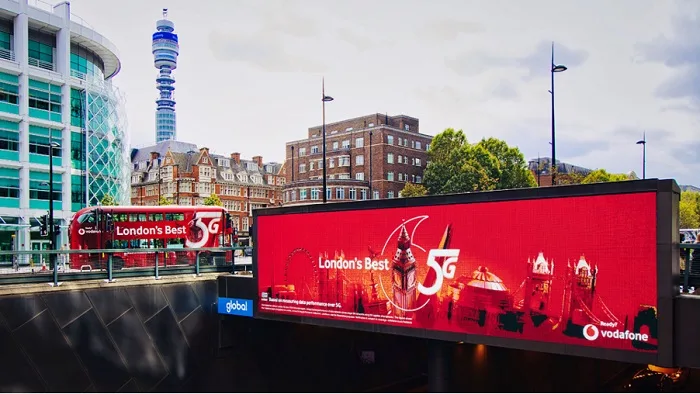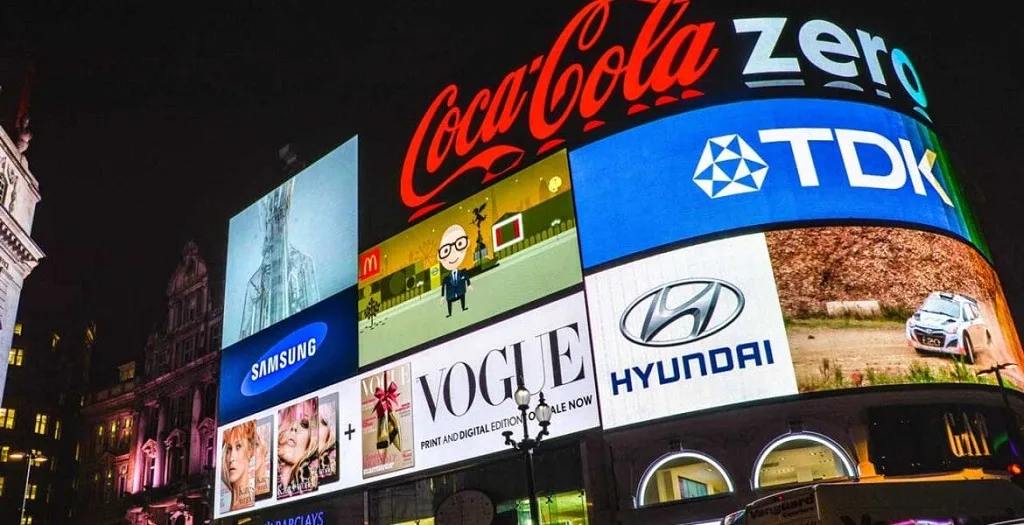Outdoor Advertising Unveiled: Impact and Insights

Delve into the world of outdoor advertising, a dynamic and influential medium that shapes our environment and influences consumer behavior. This comprehensive review explores its origins, mechanics, effectiveness, public perception, and standout examples, providing a detailed understanding of its enduring value.
The Evolution of Outdoor Advertising
The journey of outdoor advertising traces back to ancient civilizations, where merchants would paint on walls to announce their goods. As societies evolved, so did the methods, transitioning from simple signs to sophisticated digital billboards, reflecting technological advancements and changing consumer behaviors.
Today, outdoor advertising encompasses a wide range of formats, from traditional billboards to innovative digital screens, embodying the essence of creativity and visibility in the public sphere.
Decoding How Outdoor Advertising Works
Outdoor advertising operates on the principle of high visibility and strategic placement, aiming to capture the attention of a broad audience. It leverages busy locations to ensure maximum exposure, utilizing compelling visuals and messages to create memorable impressions.
Digital advancements have revolutionized this medium, introducing dynamic content that can be tailored to time of day, audience demographics, and even current events, enhancing engagement and relevance.
The effectiveness of outdoor advertising is measured through various metrics, including reach, frequency, and engagement rates, providing valuable insights into its impact and efficiency.
The Versatility and Effectiveness of Outdoor Advertising
Outdoor advertising is utilized across diverse environments, from urban centers to transit systems, capitalizing on its ability to adapt to different contexts and target audiences effectively. Its versatility makes it a preferred choice for brands aiming for widespread recognition.
Studies have shown that outdoor advertising not only boosts brand visibility but also significantly influences consumer decisions, making it a potent tool in the marketing mix. Its ability to complement digital strategies has reinforced its relevance in the digital age.
Public spaces, events, and transit hubs are among the most effective locales for outdoor ads, where they achieve unparalleled visibility and engagement, contributing to a comprehensive marketing strategy that reaches consumers on multiple levels.
Public Perception of Outdoor Advertising
While outdoor advertising is generally well-received, its impact on public spaces and the balance between commercial messages and visual aesthetics is a topic of ongoing debate. However, creative and contextually relevant campaigns tend to enhance urban environments, engaging the public in meaningful ways.
The shift towards more interactive and socially responsible campaigns has improved public perception, demonstrating the industry’s adaptability and commitment to adding value to the communal space.
Success Stories in Outdoor Advertising
Iconic campaigns, such as Coca-Cola’s dynamic billboards in Times Square or Nike’s inspirational murals, exemplify outdoor advertising’s ability to captivate and engage on a massive scale. These examples highlight the creative potential and substantial impact of well-executed outdoor campaigns.
Localized campaigns leveraging cultural insights and community engagement have also seen remarkable success, proving the effectiveness of tailored, relevant messaging in resonating with specific demographics.

Unmatched Advantages
Outdoor advertising’s unique ability to combine broad reach with creative expression sets it apart from other advertising mediums. Its physical presence ensures longevity and impact, often becoming landmarks in their own right.
The integration of technology has further amplified its advantages, allowing for real-time interactions and data-driven strategies that enhance both relevance and return on investment.
Compared to digital mediums, outdoor advertising is less susceptible to ad-blocking technologies, ensuring that messages reach their intended audiences without interference.
The Future of Outdoor Advertising
The evolution of outdoor advertising is closely tied to technological innovations and shifts in consumer behavior. As we look towards the future, the anticipation for more integrated, interactive, and sustainable advertising solutions grows.
The potential for augmented reality, environmental sustainability in materials and practices, and further personalization of messages indicates a vibrant and transformative path ahead for outdoor advertising.
